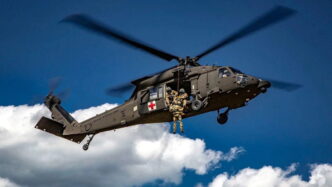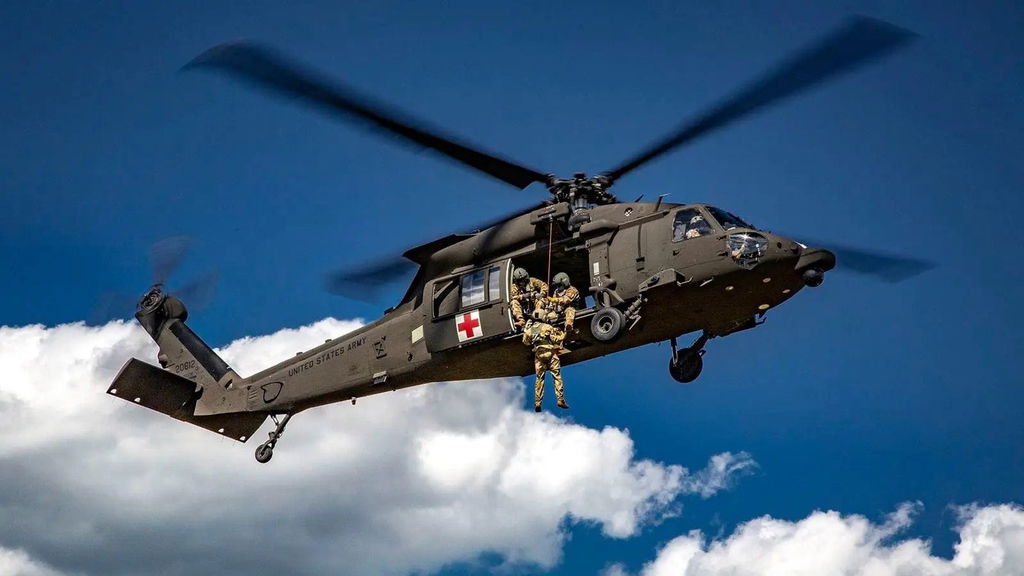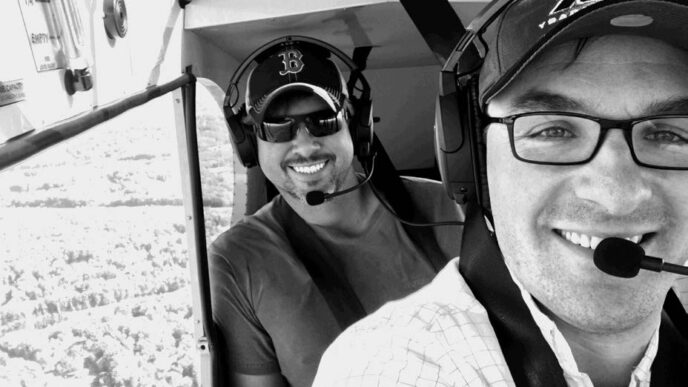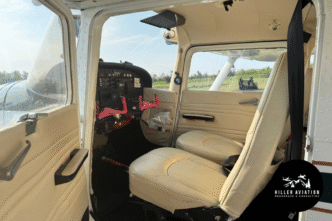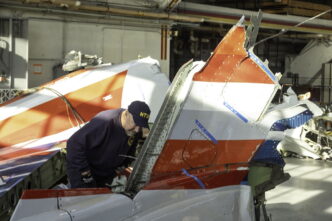A recent hearing delved into the tragic collision between an American Airlines jet and a military helicopter over the Potomac River, raising serious concerns about the safety of Washington, D.C.’s airspace. The National Transportation Safety Board (NTSB) led the three-day session, which highlighted issues with air traffic control (ATC) operations, faulty military helicopter instruments, and potential information withholding by the FAA regarding the crash that claimed 67 lives. A key focus was on how pilots navigate the busy airspace around Ronald Reagan Washington National Airport (KDCA), where the American flight collided with a U.S. Army UH-60 Black Hawk helicopter.
Many witnesses pointed out that pilots often rely on visual separation to avoid collisions, meaning they use their own observations to steer clear of other aircraft. This method was in use by the Black Hawk crew on the night of the accident. Air traffic controller Clark Allen emphasized that visual separation is crucial for managing the complex and busy airspace efficiently. However, Rick Dressler from Metro Aviation noted that while visual separation is somewhat encouraged by ATC to ease their workload, it poses challenges, especially when aircraft don’t broadcast using ADS-B technology. Despite knowing most helicopter operators and ATC staff by voice, Dressler admitted discomfort with certain military units operating in the area, specifically mentioning the 1st Helicopter Squadron and the 12th Aviation Battalion.
The hearing underscored the need for improved safety measures and better communication among all parties involved in D.C.’s airspace. As the investigation continues, the focus remains on preventing such tragedies in the future. #AirSafety #Aviation #NTSB #WashingtonDC #AviationSafety
Originally reported by FLYING Magazine Read More
